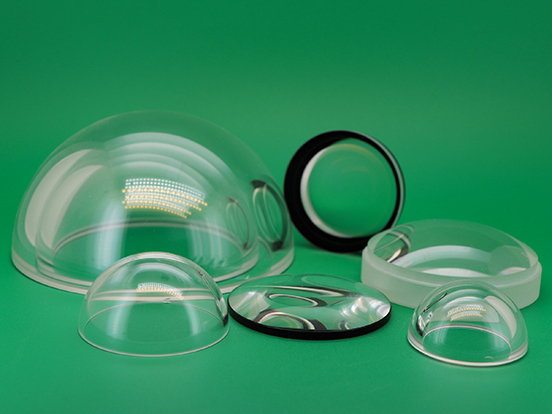Understanding Spherical Lenses and Imaging Comparison with Aspheric Lenses
Oct. 18, 2024
Optical lenses are essential components used in devices like movie cameras, projectors, and still cameras to generate images. They consist of multiple lens elements and play a critical role in machine vision systems, directly influencing imaging quality and the effectiveness of algorithms.
Optical lenses can be categorized based on several criteria:
- Focal Length:
- Short-focus lenses
- Medium-focus lenses
- Telephoto lenses
- Field of View:
- Wide-angle lenses
- Standard lenses
- Telephoto lenses
- Structure:
- Fixed-aperture fixed-focus lenses
- Manual aperture fixed-focus lenses
- Auto-iris fixed-focus lenses
- Manual zoom lenses
- Auto-zoom lenses
- Auto-iris electric zoom lenses
- Electric three-variable lenses (adjustable for aperture, focal length, and focus)
Given this diversity, one might wonder: what exactly is a spherical lens?
What is a Spherical Lens?
A spherical lens is characterized by its convex or concave surfaces, which are shaped like sections cut from a sphere. These lenses are commonly used in optical applications. For example, a convex or concave lens designed for myopia (nearsightedness) or hyperopia (farsightedness) typically has a single radius of curvature. In the case of astigmatism, the convex surface of the inner toroidal (TC) lens has one radius of curvature, while the concave surface features two radii of curvature that intersect perpendicularly.
Additionally, a mirror with a reflective surface that forms part of a sphere is known as a spherical mirror (or a spherical cap if it’s a section of a spherical shell). A lens that is entirely composed of spherical surfaces is referred to as a spherical lens. These lenses are often found in the low-end market due to their cost-effectiveness.
Types of Spherical Lenses
Spherical lenses can be categorized into two main types: concave mirrors and convex mirrors.
1. Concave Mirror: This type of spherical mirror utilizes the inner surface of the sphere as the reflecting surface. Concave mirrors are often used in applications where magnification is needed, such as in makeup mirrors or satellite dishes.
2. Convex Mirror: In contrast, a convex mirror uses the outer surface of the sphere as the reflecting surface. Convex mirrors are commonly employed for wide-angle viewing, such as in vehicle side mirrors and security applications, as they provide a broader field of view.
Imaging Comparison Between Spherical Lenses and Aspheric Lenses
A spherical lens has surfaces that are either fully spherical or one spherical side paired with a flat side. In contrast, the surface shape of an aspheric lens is defined by a complex high-order equation, resulting in varying radii at different points along the surface.
When spherical lenses are used for imaging, they often struggle to focus light onto a single point, leading to various optical aberrations. This typically results in lower image quality. To mitigate these issues, different types of concave and convex lenses are often combined to counteract aberrations. On the other hand, aspheric lenses, with their unique surface profiles, effectively enhance imaging quality by minimizing these distortions.






















